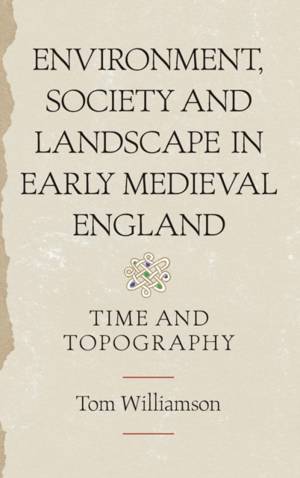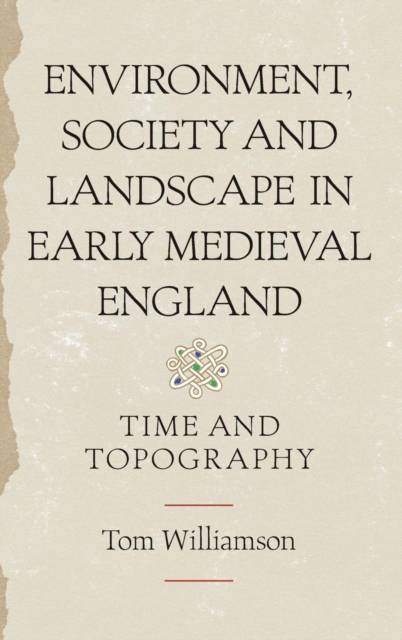
- Afhalen na 1 uur in een winkel met voorraad
- Gratis thuislevering in België vanaf € 30
- Ruim aanbod met 7 miljoen producten
- Afhalen na 1 uur in een winkel met voorraad
- Gratis thuislevering in België vanaf € 30
- Ruim aanbod met 7 miljoen producten
Zoeken
€ 177,45
+ 354 punten
Omschrijving
The Anglo-Saxon period was crucial in the development of England's character: its language, and much of its landscape and culture, were forged in the period between the fifth and the eleventh centuries. However, discussions and debates about settlement and landscape in early medieval England seldom pay any real attention to the natural environment. In this controversial study the author argues that most aspects of regional variation in early England, ranging from patterns of Anglo-Saxon and Scandinavian settlement, through the tenurial differences between the east and west of the country, to important contrasts in medieval settlement patterns and field systems, are largely the consequence of topography, geology, soils and climate. Examining many aspects of social organisation, farming and landscape, this radical book will be essential reading for all those interested in the history, archaeology and environment of England in the early middle ages, and in the roots of regional culture.
Specificaties
Betrokkenen
- Auteur(s):
- Uitgeverij:
Inhoud
- Aantal bladzijden:
- 280
- Taal:
- Engels
- Reeks:
- Reeksnummer:
- nr. 19
Eigenschappen
- Productcode (EAN):
- 9781843837374
- Verschijningsdatum:
- 21/02/2013
- Uitvoering:
- Hardcover
- Formaat:
- Genaaid
- Afmetingen:
- 157 mm x 241 mm
- Gewicht:
- 725 g

Alleen bij Standaard Boekhandel
+ 354 punten op je klantenkaart van Standaard Boekhandel
Beoordelingen
We publiceren alleen reviews die voldoen aan de voorwaarden voor reviews. Bekijk onze voorwaarden voor reviews.











